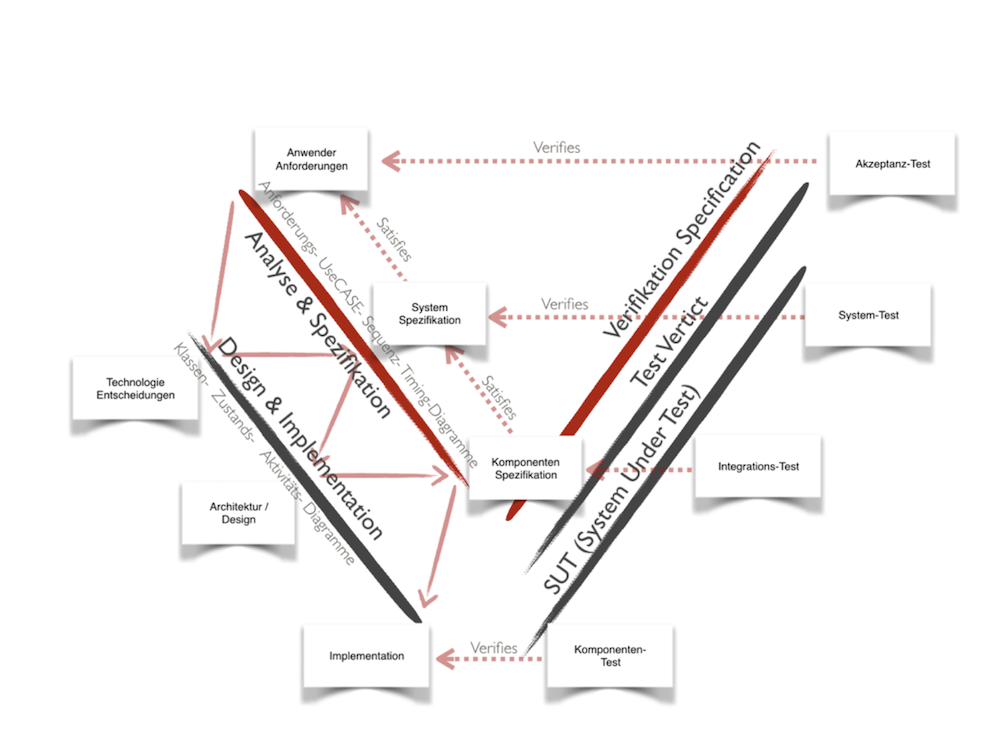Introduction
Sorry, hardly time to write these days. We are having long days to use the week as effectively as possible. And then there is the time difference… If I am finally done working the US is just waking up and full of energy looking at projects.. My home city is preparing for dinner… But lets not complain. I will write more about India later, first I want to write something about the (near) future!
Embedded World
We are back at the Embedded World!! Yes finally. Not as big as before, we dont see the point in having a huge booth anymore, a small one will do as well. We cooperate as before but now with OOSE (and with Sodius, of course)!
The Embedded World will be in the “Messe Nürnberg” from Februari 26-28. We are in Hall 4, Booth 4-150. We have Coffee….;-)
The motto will be:
EEE
(Engineering Efficiency Empowerment by seamles integration of Process, Methods and Tools)
The ability to collaborate across disciplines is the key success factor in product development. In today’s engineering processes we see a multitude of heterogeneous systems, which should fulfill the demand for integrated systems. We use requirements management tools, ALM / CLM / PLM solutions, modeling tools, department-specific tools, quality analyzers, just to name a few. All equipped with interfaces for integration or collaboration with other tools. Nevertheless, it is always a challenge to pass data loss-free from one discipline to the next. It is even more difficult when data is to be exchanged across company boundaries. Because often only a filtered subset of data is exchanged, or different standards or tool versions are maintained.
Willert, oose and Sodius cooperate with the objective to support you in the optimization of your processes and engineering methods and to ensure a valid data flow between the departments. Willert contributes its expertise in embedded and systems engineering. oose contributes its expertise in process and method consulting. And with SECollab, Sodius offers a tool for visualizing and processing engineering data from a wide variety of tools and disciplines.
Our Offer
On our booth on the Embedded World in Nürnberg we offer you a free, 30 minutes analysis and evaluation session of your current situation at our stand and give suggestions for improvement directly.
Use the expertise of Andreas Willert and Tim Weilkiens at our booth Hall 4 – 150 on 26. – 28.02. in Nuremberg. A maximum of 8 slots are available per day. If you want to be sure of getting a slot, make an appointment before the fair with Mrs. Willert: swillert@willert.de (Tell her I sent you…)
Of course I will be there to answer Rhapsody questions live!
We will gladly send you an admission voucher for the fair. (Sorry, the pictures are in german, they should be understandable. When I have the source I will translate them)
1st step: rough process definition

2nd step: Precise definition of the work steps

Our lectures in the forum at Embedded World (Hall 2 – Booth 510)
Efficiency in engineering through seamlessly integrated processes and tools
Andreas Willert and Tim Weilkiens in German – 26.02. / 11.30 – 28.02. / 11.00 clock
A consistent environment reduces the obstacles on the way of developing artifacts from idea to product. Organizational, methodical and technical process breaks require more effort and at the same time lead to information losses and increased risk. We will show you how to develop benefit-oriented process steps and how to derive and implement the necessary seamless integration of tools.
Modeling the “Standards” Way
Walter van der Heiden in English – 27.02. / 10:00
In various standards we can observe common themes of abstraction, specialization, refinement and relationship (traceability). Aligning the value of these standards and easing the adoption is the most effective way to improve and realize success in an organization. We have applied a SysML for Systems Engineering, AUTOSAR for Vehicle Design and Software Architecture, and UML for Software Design and Implementation. Using high quality UML tools and simply targeted bridges, engineers can focus on their designs and models for developing their solutions. We want to demonstrate SysML models that transition to AUTOSAR designs, that are moved to implementation designs (in UML or Simulink), and finally code generation. All the while maintaining simple bidirectional traceability and design artifacts demanded by ASPICE.
That’s it, Happy Modeling with Rhapsody!
Walter van der Heiden (wvdheiden@willert.de)

Leave a Reply